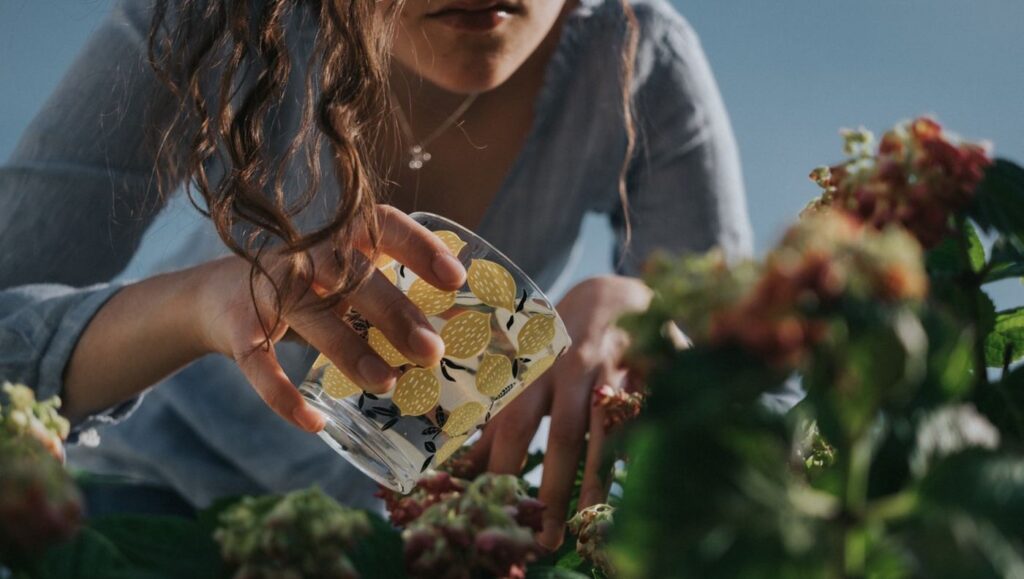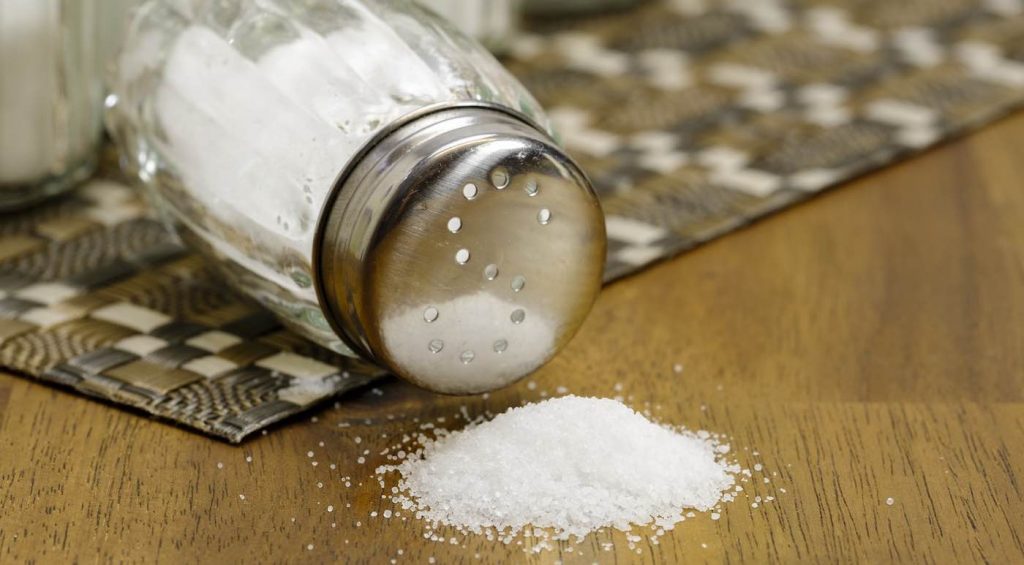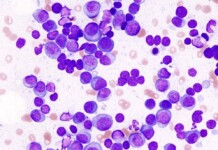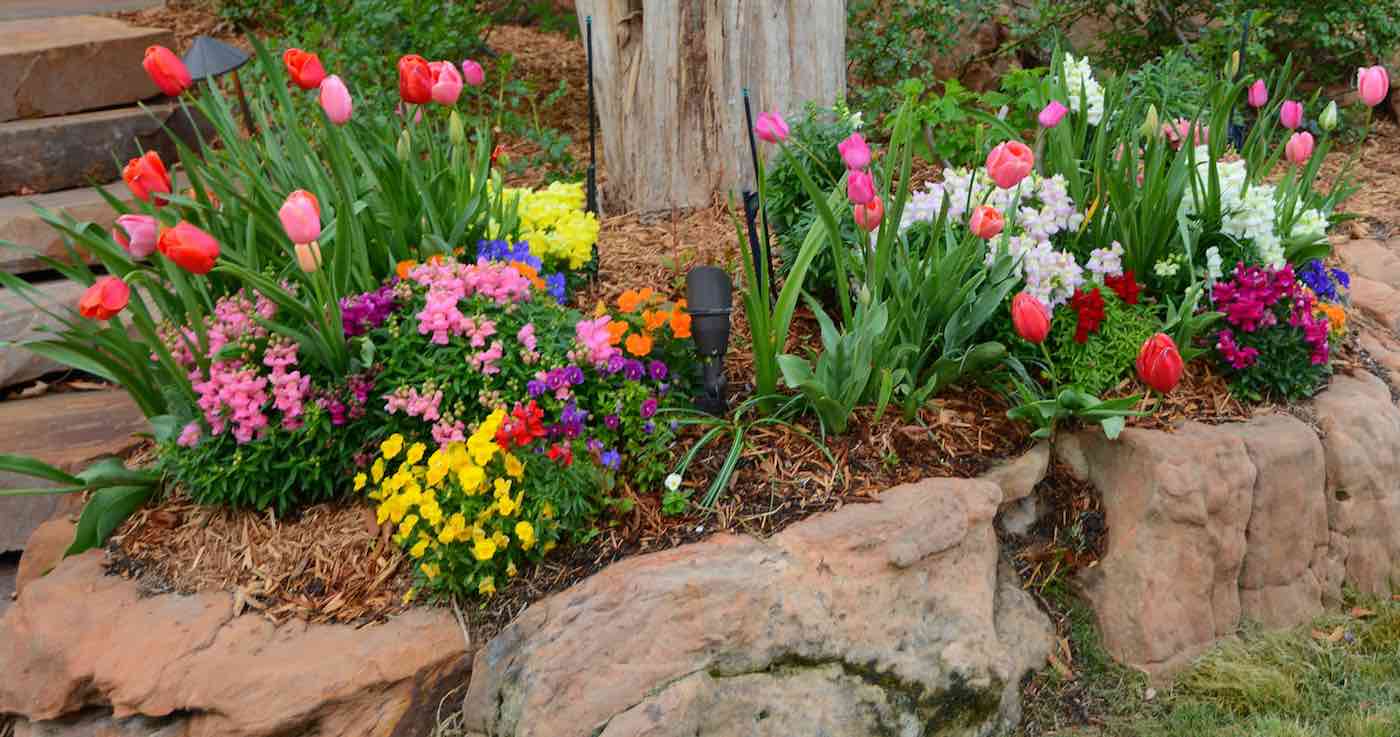If your lawn is anything like the one tended by this author, it’s the time of year when weed killing on a wide-scale is warranted. Yet there are many common household items that are non-toxic and that work well for killing weeds and keeping them killed.
I don’t like to kill many weeds in the springtime, as they are often an early season food source for bees and other nectar feeders. Now though, most of the yellow, white, and purple flowers once dotting my lawn and garden are gone, leaving only unwanted leaves and the roots beneath them.
Looking onto the first chore of tomorrow morning, here are our options for a plan of attack, whether the weeds are poking up through the concrete, or peppering the garden.
Totally non-toxic weed killers

Chemical herbicides and fungicides can contaminate the soil and water for miles around through runoff, and that many commercial weed killers contain probable carcinogens.
Some compounds we’ll look at later come with side effects, that while being harmless for the water supply, can disrupt the garden ecology. First, we’ll take a look at some elements that are simply safe.
Boiling water
Especially good for sidewalks, driveways, or patios, dihydrogen monoxide heated to 220 degrees or more is a perfect way to kill every part of the unwanted plant. If you can use a kettle, all the better, as it makes it easier and safer to pour, as well as gives your weed-killing a bit more precision.
Fire
Using a kitchen blowtorch or flame-weeder tool to apply heat directly to the leaves and stem of the weed is a fine way for getting rid of them, taking precautions not to burn the entire neighborhood down. Anywhere there is dried material should be flame-weeded with extra caution.
Cornmeal
If there are areas of the yard you know for a fact harbor weeds, in early spring try spreading cornmeal around the area to stop weed seed germination. Note that this method isn’t possible for de-weeding, only pre-weeding.
Mildly-toxic weed killers

Non-toxic in the sense they wont cause fish die-off or cancer, many household chemicals that are designed to clean things have to be made safe for human hands and skin. They are toxic in the sense that they can kill your favorite flowers, and thus demand a bit of respect. Nevertheless, these are much better than using popular herbicides using toxic chemicals like Glyphosate.
Vinegar
White vinegar of 5% acetic acid is perfectly fine for weed killing, especially when a pump or two of dish soap is added into the spray bottle. Some garden supply stores sell 20% acetic acid, or industrial strength vinegar, which is harmful to skin and eyes, but that’s likely overdoing it.
MORE: Gardening Just Twice a Week Improves Wellbeing and Prunes Your Stress, Says New Study
Spray it directly on the leaves of the offending plant and be careful not to overspray. Consider waiting until any strong breeze has wound down, as a bit of wind can carry the chemicals onto other plants you’d like to keep. Also try to avoid soaking the soil, as it will make it harder for anything to grow there.
RELATED: How to Germinate Your Seeds Using an Instant Pot—WATCH
Salt
Salt is a great weed-killer and can be added to vinegar or hot water sprays, but when it goes into the earth nothing can grow.
Add a dash of dish soap to help the salt stick to the leaves, and be careful where you aim. Spraying the soil will pretty much condemn it to barrenness, while hitting other plants you like may kill them too.
Concrete sidewalks and patios can become discolored, making the salt mixture not ideal for them. One website suggests covering the plants around the weeds in question with plastic sheeting to protect them.
GROW the Good News In Your Friends’ Feeds—Share This Story… (Featured photo by Briget Murphy, CC license)




















